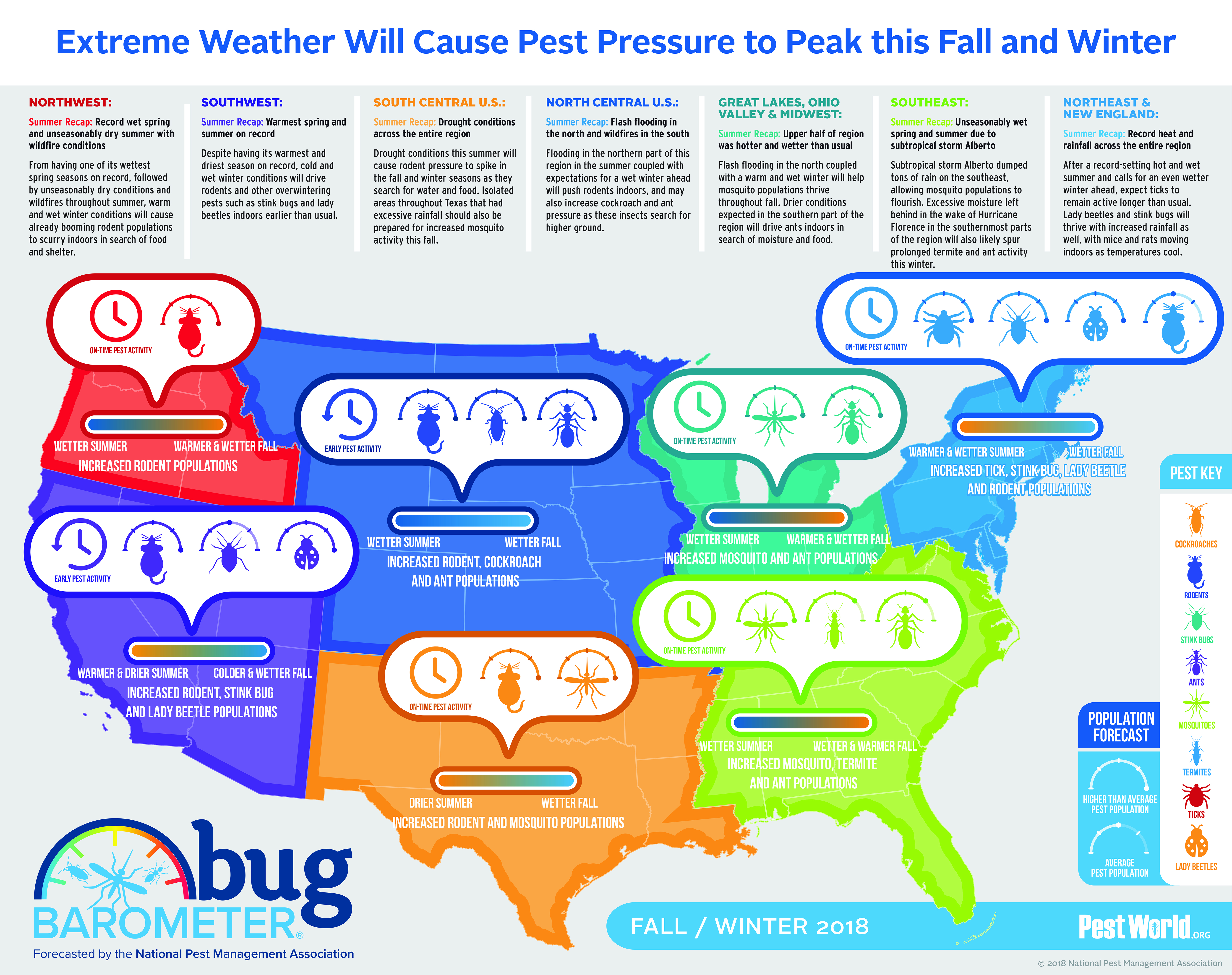By Obtaining Understanding Into The Details Of Rodent Nesting Actions, You Can Create A Detailed Technique To Rodent Control That Outsmarts These Pests
By Obtaining Understanding Into The Details Of Rodent Nesting Actions, You Can Create A Detailed Technique To Rodent Control That Outsmarts These Pests
Blog Article
Authored By-Talley Refsgaard
When it pertains to rodent control, understanding common rodent behavior is crucial to effectively handling problems. Did you recognize that rodents have some fascinating nesting routines that might surprise you? By exploring their detailed behaviors, you can get useful understandings into exactly how to tackle rodent problems in an extra calculated and efficient way. So, allow's unwind https://www.economist.com/europe/2023/02/23/meet-the-woman-who-is-saving-ukraines-wild-animals behind these animals' actions and find out how to outmaneuver them in your rodent control initiatives.
Rodent Nesting Behaviors
When observing rats in their natural environment, you'll see that they actively look for materials to create their nests. Rodents, such as computer mice and rats, are clever creatures that utilize a variety of things like twigs, leaves, paper, and textile to build their homes. They're precise in their nest-building procedure, usually lining their nests with softer products like hair or plumes to create a cozy setting.
termite control choose to construct their nests in surprise and secure areas to safeguard themselves and their young from killers. Usual nesting places consist of wall surface cavities, attic rooms, basements, and also within insulation materials. By constructing their nests in these secluded areas, rodents can securely increase their offspring away from prospective threats.
It is important to recognize the nesting habits of rats when carrying out control steps. By interrupting their nests or removing products, you can discourage rats from developing an existence in your home or property. Proper sanitation and sealing off entrance points are likewise vital steps in stopping rodent invasions.
Rodent Feeding Patterns
After observing rats' nesting practices, it comes to be apparent that their feeding patterns play an important function in their daily lives and behaviors. Rodents, including mice and rats, are opportunistic feeders, meaning they'll take in whatever food source is conveniently available. They're largely nighttime animals, preferring to forage for food during the cover of evening to stay clear of predators.
Rodents have a varied diet, ranging from grains, seeds, fruits, and vegetables to insects, nuts, and also small animals. This flexibility in their food choices enables them to flourish in different environments, including urban locations where human food sources are bountiful.
Their feeding patterns aren't just driven by appetite yet also by the requirement to stock food for times of scarcity. This habits is particularly obvious to prepare for winter season or when nesting. Rats are known to hoard food in their nests or burrows, guaranteeing a consistent food supply. Comprehending their feeding patterns is important in carrying out efficient rodent control measures to disrupt their food resources and stop invasions.
Rat Movement and Travel
Rodents browse their environments with agility and stealth, using their keen detects to relocate swiftly with their atmospheres. These animals are experienced mountain climbers, able to range wall surfaces and upright surface areas effortlessly. They can also squeeze via remarkably tiny openings, making it essential to seal any type of potential access points in your home.
When hop over to here involves traveling, rats tend to comply with familiar courses, producing routes along wall surfaces or skirting the sides of areas. They're creatures of habit, usually adhering to these established paths as they forage for food or explore their surroundings.
Rodents are known for their nighttime behaviors, so you may hear them scampering around during the night as they search for food and water. Their motions are quick and irregular, allowing them to dart in and out of view in the blink of an eye.
Understanding how rodents relocate and travel can aid you determine potential infestation areas in your home and take aggressive actions to prevent these bugs from gaining a grip.
Final thought
As you function to manage rodents in your home, remember that recognizing their behavior is essential. By acknowledging their nesting behaviors, feeding patterns, and activity, you can effectively avoid infestations.
Coincidentally, by taking positive procedures to get rid of food sources and seal entrance points, you can disrupt their acquainted paths and require them to look for brand-new locations, ultimately minimizing the likelihood of rodent visibility in your living spaces.
